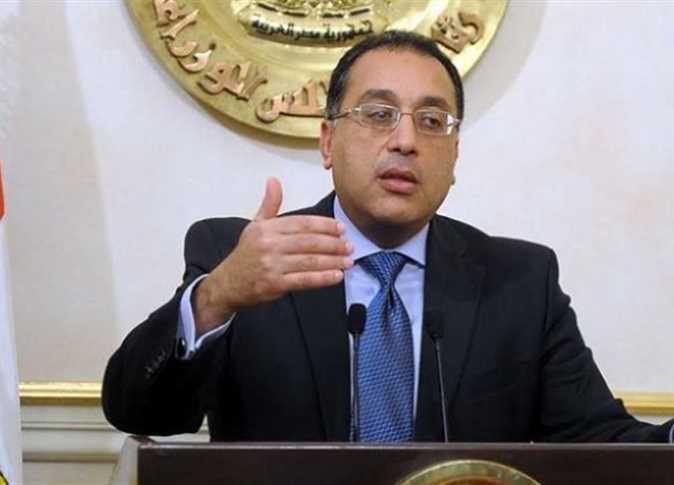
The Grand Egyptian Museum (GEM) has become the first within all of the Middle East and Africa to achieve the EDGE Advanced Green Building Certification on Monday, the highest green building standard.
The GEM became a sustainability champion thanks to the joint efforts of SECO and the UK. Its EDGE Advanced certified design reduces energy costs by 60 percent and water use by 34 percent in comparison to a conventional building of its size and type.
Built across 500,000 square meters, the GEM manages to reflect its commitment to sustainability through an innovative design. A reflective roof keeps the building cool while external shading reduces energy needs. The usage of efficient lighting and plumbing minimize resource consumption.
Smart meters offer real-time data to further optimize energy use.
The GEM’s eco-friendly design reduces its energy footprint by an amount equivalent to removing 400 vehicles from the road, and saves enough water to fill over 63.4 million liters annually.
“The Grand Egyptian Museum received this prestigious award by International Finance Corporation based on the building’s energy and water efficiency measures and its reduced carbon footprint,” said the GEM’s General Manager, Atef Moftah.
“These measures – and this certificate – reaffirms the museum’s commitment to sustainability, in alignment with Egypt’s Vision 2030 for clean energy.”
The IFC’s Regional Director for North Africa and the Horn of Africa, Cheick-Oumar Sylla, said: “The Grand Egyptian Museum going green – and becoming the first EDGE Advanced certified museum in Africa and the Middle East – is a powerful testament to Egypt’s growing commitment to sustainability.”
“Building green is both resource-efficient and cost-effective. Now is the time to build more responsibly and support Egypt in its journey toward a lower-carbon future,” he added.
The GEM’s EDGE Advanced certification marks a significant milestone for the IFC’s Green Building project in Egypt. Partnering with the Housing and Building National Research Center (HBRC) helps ensure thriving ecosystem for green buildings, by incentivizing cost-effective and resource-conscious design choices in construction projects.
This collaboration focuses on raising public sector awareness regarding the financial advantages of green buildings, building expertise in implementing financial incentives for such projects, and ultimately fostering the growth of a local green building market.
“The Grand Egyptian Museum sets a new standard for sustainable construction in Africa, demonstrating Egypt’s leadership in embracing environmentally responsible practices,” said the Chairman of the Housing and Building National Research Center, Mohamed Massoud.
“This project showcases the power of collaboration between government, international organizations, and the private sector to advance sustainable building practices that benefit both the environment and the economy,” he added.
And Minister of International Cooperation, Rania al-Mashat, also hailed the project by saying: “Today, the Grand Egyptian Museum stands to be a shining example of innovation and environmental stewardship as ‘an EDGE-certified green building’, an award highlighting the successful ongoing partnership between Egypt and the IFC in the Green Buildings Enhancement program. This is in line with the country’s commitment to promoting sustainable and green infrastructure and reflects the strategic partnership between Egypt and the IFC across diverse sectors within the Egypt – World Bank Group Country Partnership Framework 2023–2027.”




